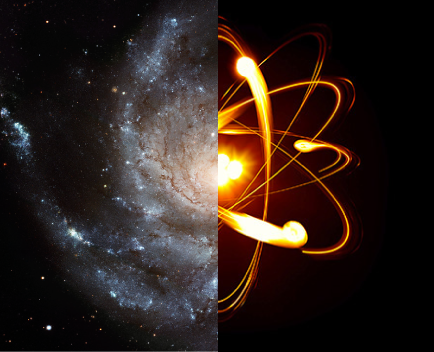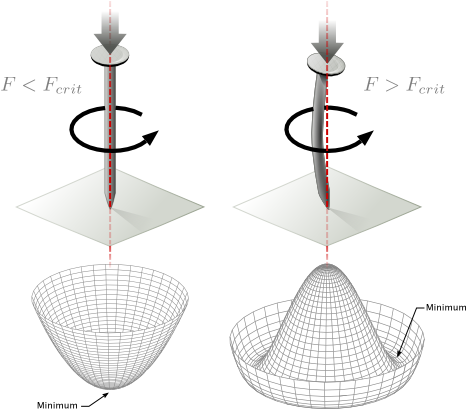Breaking of the electro-weak symmetry and new physics
The electro-weak interactions are the only fundamental interactions whose
vector bosons, the \(W\) and \(Z\) bosons, are massive, hence act only
on short distances, shorter than the size of an atom. In particular the
electro-weak symmetry associated with the \(W\) and \(Z\) bosons is spontaneously
broken and today we know with good accuracy that the agent of this breaking
is the Higgs boson. Therefore the peculiarity of the electro-weak interactions
is evident and the study of the breaking of the related symmetry is a problem
of great importance in theoretical physics. Furthermore, because of the
role played by this symmetry in the generation of the masses of the elementary
particles, understanding the origin of the electro-weak symmetry and of
the dynamics associated to its breaking is very important for the phenomenology
of elementary particles and for the study of the Universe on the largest
scales.
Motivated by the above considerations my research on the breaking of the
electro-weak symmetry is articulated as follows:
- building new physics models for the dynamics responsible for the breaking
of the electro-weak symmetry;
- studying the experimental manifestations of these models and the properties
of the Standard Model that are most sensitive to new physics.
The last point is very close to the research activity of Prof.
Giuseppe Degrassi. Furthermore, in some scenarios of new physics the breaking of the electro-weak
symmetry can easily be linked to the dynamics responsible for the origin
of neutrino masses and the pattern of masses and mixing of the Standard
Model fermions that is investigated by
Davide Meloni.


